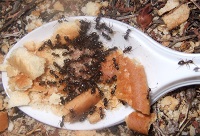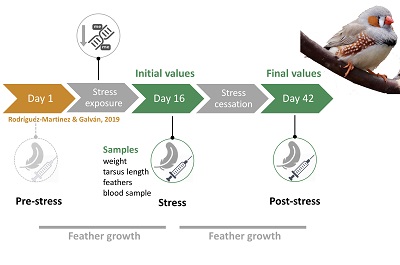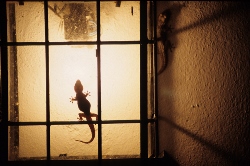
Welcome
Welcome to the official website of the Doñana Biological Station (EBD-CSIC)...

The Doñana Biological Station: EBD-CSIC
The Doñana Biological Station is a public Research Institute belonging to the Spanish Council for Scientific Research CSIC in the area of Natural Resources...

Mission
Our fundamental mission is to carry out multidisciplinary research of the highest standard directed to understanding the way in which biodiversity is generated, maintained and deteriorates, as well as the consequences of its loss...

Our methods
We apply many techniques within a multidisciplinary framework, from molecular genetics to remote sensing, and from modelling to physiological and isotopic analyses...

Monitoring the environment
Monitoring biodiversity at the Doñana Natural Space cover a wide range of communities, including both terrestrial and aquatic organisms...

Aims
Our aims include the study of the ecological and evolutionary processes by combining field work, mathematical and statistical models and physiological and genetic analysis...
 Outstanding
Outstanding
-
 Temperature or competence, which has more influence on Mediterranean ant communities?
Temperature or competence, which has more influence on Mediterranean ant communities? -
 Slc7a11 downregulation is rapidly reversed after cessation of competitive social stress in zebra finches
Slc7a11 downregulation is rapidly reversed after cessation of competitive social stress in zebra finches -
 Effects of natural and artificial light on the nocturnal behaviour of the wall gecko
Effects of natural and artificial light on the nocturnal behaviour of the wall gecko -
 The spatial distribution of an insular cliff-nesting raptor community
The spatial distribution of an insular cliff-nesting raptor community

 Temperature or competence, which has more influence on Mediterranean ant communities?
Temperature or competence, which has more influence on Mediterranean ant communities?


